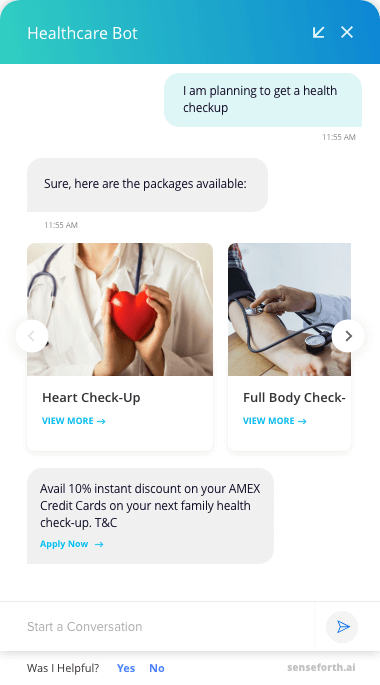
This technology could quickly lead to improved patient outcomes, more streamlined processes, and reduced costs for both healthcare providers and patients. The use of generative AI has the potential to greatly impact clinical understanding, diagnosis and treatment of complex medical conditions as well as improve the accuracy, efficiency and effectiveness of healthcare system function. Identifying new and emerging trends in medical procedures and services to inform the development of new CPT codes, allowing healthcare providers to reflect the changing landscape of medical procedures and services more accurately.Identifying and correcting coding errors, which are a common occurrence in the current system, reducing the risk of denied claims and other financial penalties.Efficiently automating the process of coding medical procedures and services, freeing up time and resources for other critical tasks.are very high and “significantly exceed those in similar countries.” Generative AI could help by: Costs associated with coding and billing in the U.S. In regard to a completely different but no less vexing area of healthcare, something like BioGPT could potentially disrupt the current healthcare coding and billing system. Aid in diagnostics and treatment for sepsis, and help in more quickly identifying targets for intervention.Generate new biomedical literature related to sepsis, including combinations of hypotheses and theories that could guide future research.Analyze vast amounts of biomedical literature and extract relevant information related to sepsis to identify patterns and insights.Mayo Clinic defines sepsis as “a potentially life-threatening condition that occurs when the body’s response to an infection damages its own tissues.” Sepsis can be caused by parasites, bacteria, fungal infections, and viruses, and physicians describe it as “hard to spot and easy to treat in its earliest stages, but harder to treat by the time it becomes evident.” Sepsis can present with a confusing “constellation of symptoms.” It is also the number one cause of death in hospitals. Now consider how such a domain-specific AI model might help with something like sepsis. Generative AI may be able to help.įor example, last year Microsoft Research scientists published a paper on a project called BioGPT, “a domain-specific generative Transformer language model pre-trained on large-scale biomedical literature.” They essentially took OpenAI’s GPT-2 and refined it with a large corpus of reputable biomedical literature, making a BioGPT that is better equipped to mine, analyze and “discuss” biomedical text-and that outperforms previous models on most tasks. Clinicians and healthcare workers could really use some relief from information and administrative overload. I have written before about the need for AI-powered decision intelligence and support systems in healthcare. This technology seems to be everywhere all at once.Īnd that has a lot of people rethinking what generative AI makes possible, how quickly it can happen, and where it will make the biggest impact-healthcare is no exception. Meta (Facebook’s parent) and Quora have also joined the generative AI fray with their own chatbot examples. Alphabet (Google’s parent company) has its own experimental AI projects, such as Language Model for Dialogue Applications (LaMDA), and is currently releasing a ChatGPT-like conversational AI tool, dubbed Bard, to select testers.

OpenAI and Microsoft are not alone in advancing this type of technology. This year, Microsoft has employed GPT-3 to add “intelligent recap” features to its premium Teams application, including “automatically generated meeting notes, recommended tasks, and personalized highlights,” and has just announced that the latest version of its Bing search engine will incorporate ChatGPT-like features. And by 2021, GPT-3 was fueling new Microsoft application features. By September 2020, Microsoft had licensed it for use in products. The beta version of GPT-3 debuted in mid-2020 and was trained with more than 175 billion machine-learning parameters. The program and its underpinning models represent a big leap forward in sophistication and capability in natural language processing (NLP) technology-as well as an incredibly speedy evolution.Ĭonsider that the final model of OpenAI’s GPT-2 deep learning neural network was released in November 2019 and was trained with 1.5 billion machine-learning parameters. While ChatGPT’s output is by no means perfect, the hype around it is warranted.


 0 kommentar(er)
0 kommentar(er)
